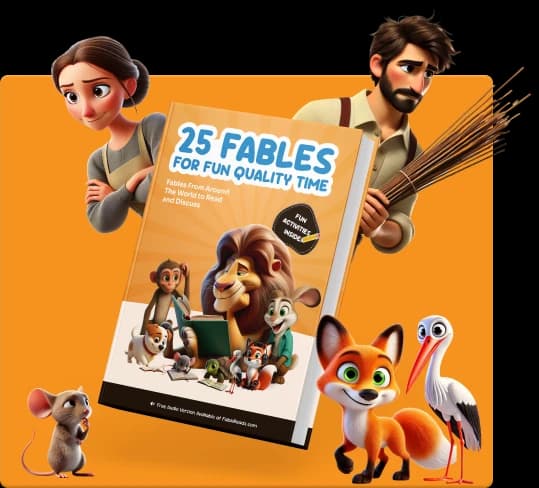Aesop | Greece
La Gallina De Los Huevos De Oro
Un granjero pobre encuentra un ganso que pone huevos de oro, pero su avaricia lo lleva a perder su fortuna.

Había una vez un granjero y su esposa que vivían en un pequeño pueblo. No eran ricos y llevaban una vida sencilla. Un día, el granjero encontró un ganso que se veía diferente a cualquier otro ganso. Decidió llevarlo a casa y cuidarlo bien.
Al día siguiente, sucedió algo asombroso. El granjero encontró un huevo de oro junto al ganso. Él y su esposa estaban muy sorprendidos. Vendieron el huevo y ganaron mucho dinero. Desde ese día, el ganso les daba un huevo de oro todos los días, y pronto se hicieron ricos.
Sin embargo, querían aún más dinero. Pensaron que si el ganso podía poner huevos de oro, debía tener mucho oro dentro. Decidieron obtener todo el oro de una vez abriendo al ganso.
Así que el granjero tomó al ganso y lo abrió. Pero no había oro dentro. Al matar al ganso, perdieron lo que los hacía ricos. Ya no hubo más huevos de oro, y se dieron cuenta de que habían cometido un gran error. Ya no eran ricos porque querían demasiado, demasiado rápido.
Compra un Libro y Ayuda a Llevar Fábulas al Mundo
Disfruta de 25 fábulas seleccionadas de por vida, impresas. Cada compra apoya historias gratuitas para niños, padres y maestros en todo el mundo en fablereads.com

















